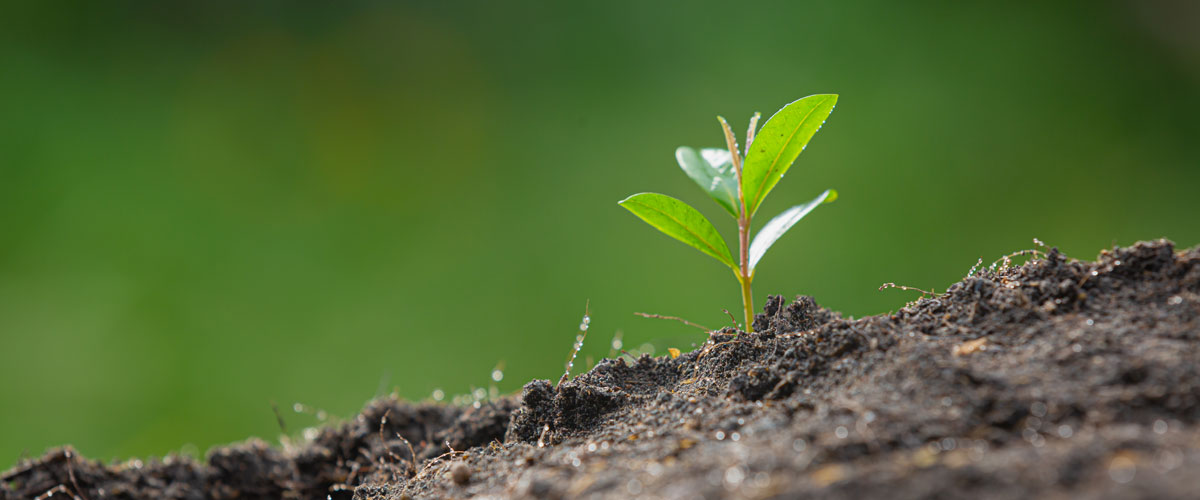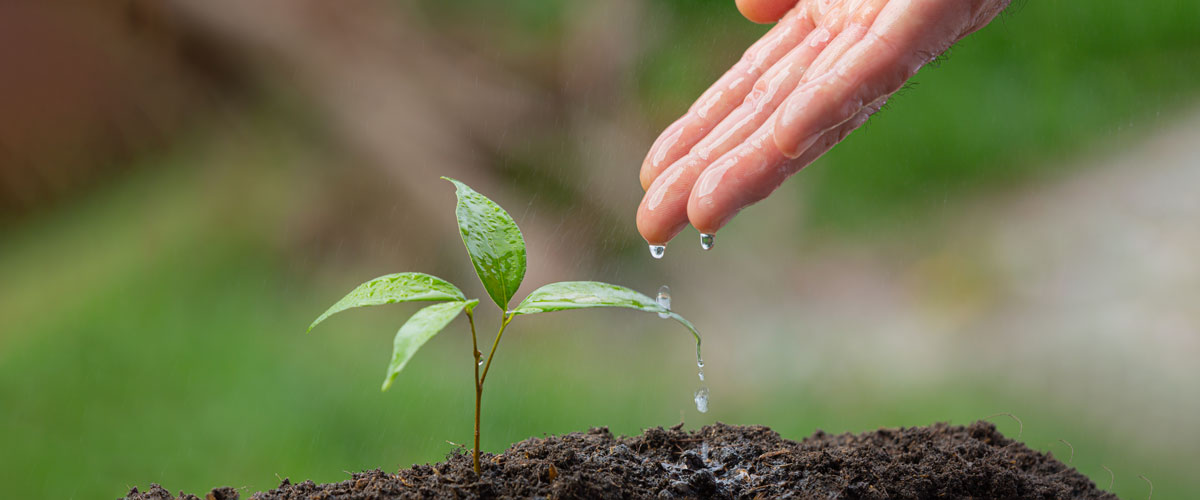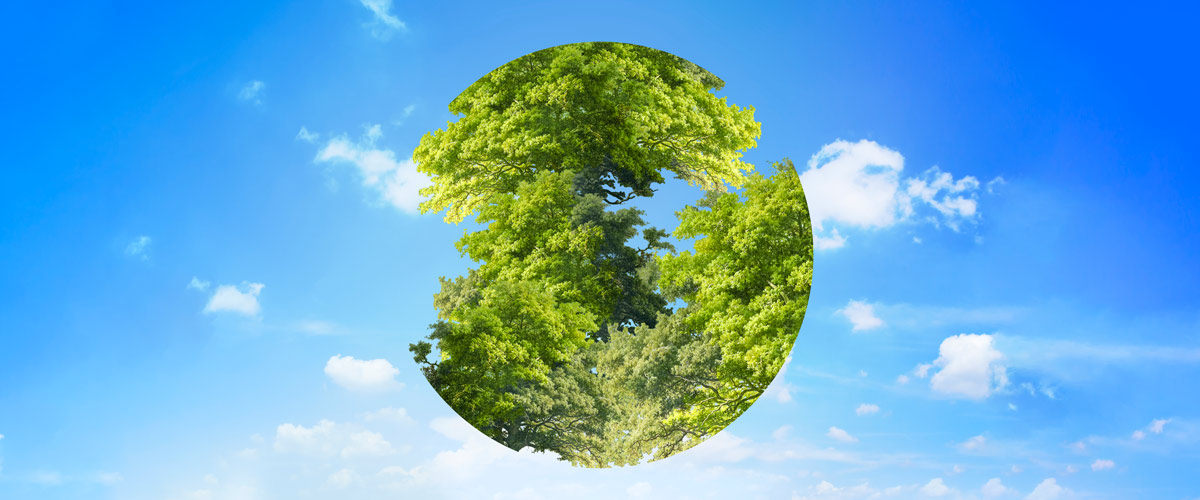Although the continuity of life in nature is constantly moving, substances have a cycle within themselves. For example, the water cycle is part of this energy, just as there are such processes as the oxygen cycle, nitrogen cycle and carbon cycle.
The water cycle is the condition that water exists in a continuous cycle by passing through different stages such as precipitation, evaporation, flow and condensation between the geosphere, the water body, and the atmosphere on the planet. While this cycle is also called the hydrological cycle, it is among the most important factors that determine the continuation of life and the occurrence of climatic events.
Water can have 3 different physical states in nature, namely solid, liquid and gas in the world. For example;
- Frozen glaciers for water in solid form,
- Oceans, seas, fresh waters for liquid water
- For gaseous water, water vapor and clouds constitute these forms.
With these physical forms, water always forms a circulation between the underground, the surface of the earth and the atmosphere.
In the water cycle, for example, the water in liquid form on the surface of the earth evaporates after a while and mixes with the atmosphere after reaching the gaseous state. When the gaseous water in the atmosphere condenses after a while, it falls to the ground through precipitation such as rain and snow. Water, which returns to the surface of the earth as a liquid, sometimes mixes with groundwater and sometimes continues this cycle by flowing and travelling on the surface. In this cycle, the water, which turns into gas through perspiration through plants, mixes with the atmosphere and contributes to the cycle.
While water evaporates in a different amount in each season, water levels in the sources also change within the cycle. In the summer season, due to the heat and the sun reaching the earth at steeper angles, evaporation increases and the amount of surface water decreases. On the other hand, in the spring season, with the melting snow and the increase in rain, there is an increase in the water level in points such as rivers or lakes, seas and oceans.
The Total Amount of Water is Always Constant
Although the amount of water in the world can change in certain geographies with many different events such as evaporation, rain, humidification and storage of water, the total amount of water in the world does not change over time. because the water cycle has a closed system. Water changes state because of the physical events it encounters. Nevertheless, by continuing its movement, it can also change its level in the region where it is located. However, there is no increase or decrease in the amount worldwide.
There is no change in the total amount of water in the world, except for small amounts of water added to the atmosphere by meteorites or small amounts of water changing with activities such as volcanic eruptions. In other words, from this point of view, it can be stated that the world today is still using the water found in the world millions of years ago. This amount of water forms an endless cycle as it evaporates from points such as seas, lakes and oceans and returns to the atmosphere, from the atmosphere to the earth and underground and from there back to the atmosphere.
How Are Water Reserves Around the World?
Primarily from the point of view of the living organism, water is the largest part of the human body and the body of other living things and ensures the continuation of life. While water constitutes a very large part in all ecosystems existing in the world, for example, water covers an area of 71% on the earth.
Although 71% of the earth’s surface is water, 97.5% of the water reserves continue to exist in oceans and seas, that is, as salt water. At this point, the remaining fresh water has a rate of 2.5%. While fresh water is necessary especially for humans and living organisms that maintain their natural life, a small part of this amount of water is easily accessible and usable. In other words, a very large part of it is not usable.
While the freshwater reserve in the world is expressed with a figure of 2.5 per cent, almost all of it consists of groundwater reserves called ice and aquifers, including ice sheets and mountain glaciers located at the North and South poles. These source points of water are not suitable for direct use by people. In this respect, the freshwater resources accessible in the world, that is, the freshwater resources that people can use, are determined as lakes, soil moisture, rivers, atmospheric water vapor and water in living cells with a value of 0.02%.
While there is about 1.4 billion km3 of water on Earth today, water continues to move continuously between these changing reserves.
How is the process of water cycle happening?
Solar energy and gravitational force are considered as the main factors for the formation of the water cycle. Water achieves mobility through these two factors. However, since water has a fluid structure and water vapor can also move, it gets the chance to move.
The water in the earth encounters evaporation on the earth due to the effect of solar energy, and with the formation of perspiration in plants or soil, the water on the earth rises to the upper layers of the atmosphere. While these water vapors reaching the atmosphere provide the formation of clouds in the atmosphere, clouds also condense when they encounter cold air. As a result of the condensation of the clouds, when precipitation such as rain, snow and hail occur depending on the air temperature conditions, water vapor descends back to the earth in a liquid form under the influence of gravity. This mobility maintains the water balance of the earth and nature.
There are many stages in the water cycle with the process formed by all these movements. These stages include underground movements of water, changes in soil moisture due to infiltration, and steps such as plants releasing water to nature by transpiration.
Which Stages Does the Water Cycle Have?
Apart from the few stages mentioned, the water cycle actually continues by performing many different stages. Roughly considered, stages such as evaporation, transpiration, condensation, surface flow, precipitation and underground flow can provide the cycle of water. However, with these stages, water and climate systems always continue to move and maintain their dynamic structure.
In more detail, the stages that make up the water cycle can be examined with 14 different items.
- The conservation of water in the oceans and seas constitutes the first of these stages. As mentioned, 97.5% of the world’s water reserve is located in the oceans and seas, while 71% of the entire earth is composed of water. For this reason, when the evaporation step in the water cycle is considered, it is thought that 90% of the evaporation occurs through the oceans and seas.
- The evaporation stage is the conversion of the liquid form of water into gas form. While this process is carried out by the heat energy coming from the sun, the liquid water form turns into a gas form by dissolving the bond between the molecules. In other words, after the formation of water vapor, this rising vapor spreads in the atmosphere and provides the formation of clouds.
- Transpiration is the process by which plants, in particular, transmit excess water to the outside in the form of vapor. While the plant is connected to the soil through its roots, it takes water from the soil and transmits excess water to the pores at the lower part of the leaves. When excess water accumulates in the plant, sweating occurs through these pores and the excess water reaches the atmosphere again. In fact, a significant part of the water on earth returns to the atmosphere in this way.
- While water conservation in the atmosphere constitutes an important structure, there is a much less water reserve in the atmosphere compared to the oceans. However, while this conservation is seen as an excellent stage in terms of the water cycle, clouds provide a visible structure of gaseous water molecules, while water molecules are too small to be seen, but are constantly in the atmosphere and create a rapid movement.
- The stage called condensation has the opposite effect to evaporation. In other words, since the gaseous water mixed into the atmosphere by evaporation loses its heat, its molecular bonds are strengthened again, and it transitions back to liquid state.
- The precipitation stage is the return of the gaseous water in the atmosphere to the liquid state with the loss of heat and then falling back to the earth due to the effect of gravity due to its weight. Although precipitation is the most effective stage for the earth to reclaim the water reaching the atmosphere, precipitation such as rain, snow and hail can be seen depending on the temperature of the geographical region.
- The flow of water on the surface is formed by the rainwater falling on the earth. Some of these waters are absorbed from the soil and taken underground and some of them try to reach larger water bodies by flowing in the direction of the slope. In other words, the water flowing due to the slope of the soil reaches rivers, lakes, or seas.
- The flow movements of rivers provide the most important displacement mechanism of water on earth. Rivers, streams, rivers, and streams merge with each other with their flow power and turn into larger rivers and reach lakes, seas, and oceans with the water they take from the ground or the water they give to the ground.
- At the point of melting of snow and its mixing with water, the snow melting especially in the spring season creates a flow movement and has a very important place in the water cycle. Especially in very cold climates, this surface flow that starts with spring and the flow of rivers usually involves the melting of snow and glaciers.
- The reaching and conservation of water to freshwater reserves is realized by the fresh water accumulated on land reaching a certain point. For example, when fresh water comes to ponds, lakes, dams, and swamps through flow routes such as streams and rivers, storage is provided at these points.
- Seepage refers to the water that reaches the underground by filtering the water falling to the earth through precipitation through the soil or rocks. While these seepage waters sometimes remain in the soil layer, sometimes they come to the surface of the earth again and perform flow movement. Sometimes this water accumulated under the soil goes deeper and fills underground water reserves and aquifers. This movement of water enables the life under the soil to maintain its vitality, to continue renewal and to obtain a rich mineral structure.
- The underground storage of water provides a very important part for water reserves. Because most of the freshwater reserves are located under the ground, while a significant part of this water reserve is the aquifers and the lower parts of the unsaturated soil surfaces, which are filled with precipitation. Generally, the storage of water underground takes place downstream at points such as unconsolidated sands, sandstones, and limestones.
- Natural water resources are formed in sands and limestone substrates, called aquifers, when water overflows from the land surface and fills a surface. The extent of water storage at these points varies considerably according to the amount of rainfall. These sources, which are usually formed in a rock type, are often located in a material that can be easily broken and dissolved.
- Glaciers and snow storage can be seen in the world at varying rates depending on climatic conditions. Especially in times of very cold climate, glaciers and ice caps can be seen, while they can cause a decrease in other stages in the water cycle. At a different point, in terms of the water cycle during periods of warm weather, this situation causes the ocean level to increase with the melting of glaciers. During the last ice age, glaciers accounted for one third of the Earth’s surface, while about 3 million years ago the oceans were 50 metres higher than they are today because the Earth experienced a very warm period. This situation caused a significant flooding of land masses.




